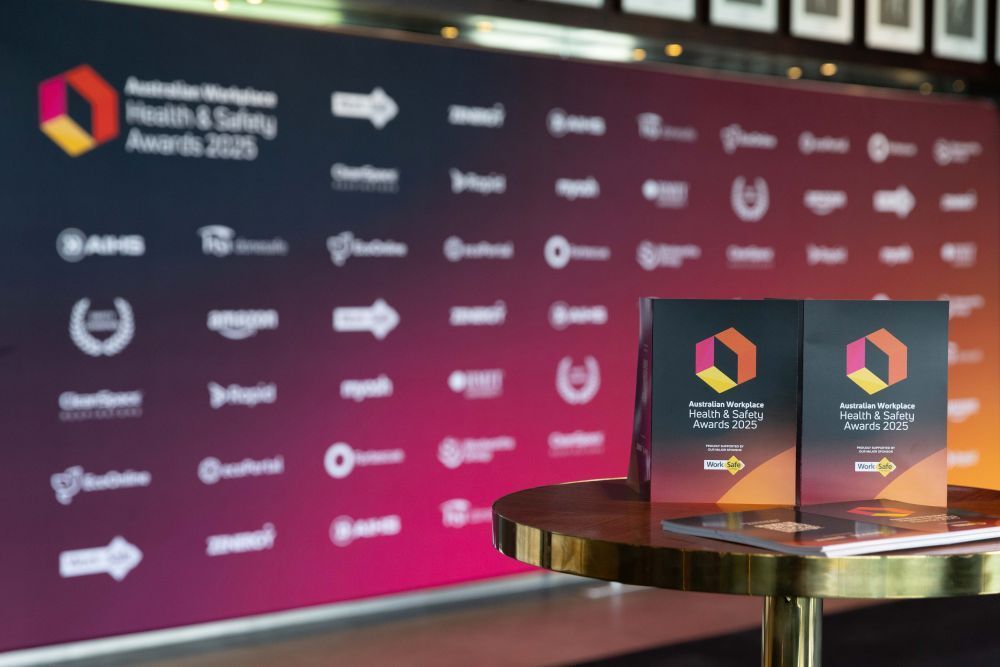Liable for injury because of lack of supervision
By Maria Karlsson-Lilas on 22 August 2016
[Full text of this case: Jurox Pty Ltd v Fullick [2016] NSWCA 180 (29 July 2016)}
Unsafe work practices
In January 2010, a labour-hire company assigned one of its employees to work as a production operator at the factory of a company that manufactured veterinary pharmaceutical products.
The operator was required to empty 25kg bags of dextrose powder into a hopper. The system of work was to use a ‘lifter’ to wheel each bag into the so-called powder room. With the bag on the lifter’s platform, the operator could slit it open and use the lifter to raise the platform so the contents of the bag could empty into the hopper.
With the equipment doing the lifting, the operator did not need to lift the bag until it was almost empty.
In December 2011, the production operator was emptying a bag of dextrose into the hopper. When she was leaning forward from her waist, lifting the bag with her right arm and twisting her spine towards the hopper, she felt a pain in her back. She was on workers compensation until the end of 2012 and did return to work at the veterinary pharmaceutical company.
In September 2013 the operator commenced proceedings in the District Court of NSW against the company. The particulars of the charge included that it had failed to: provide a safe system of work; undertake a risk assessment; eliminate the risks of injury, and provide adequate training and supervision.
In the District Court, Justice Mahoney found the system of work had not been unsafe as it had not required the operator to lift the 25kg bags. The operator had received instruction in the system when she first worked in the powder room, but she was injured because she had not complied with the system.
However, because the company had a duty to maintain and supervise workers, Justice Mahoney found that, but for its breach of duty in failing to supervise, the operator would not have been injured. He awarded her $588,515 in damages.
The company appealed, submitting that the primary judge had erred in his findings of breach of duty of care and that the damages award had been excessive.
Appeal finds primary judge was correct
In the Court of Appeal of the Supreme Court of NSW, Justice Simpson examined the system of work and the training given. He concluded it was most likely the operator had carried out the task as she had described it in the District Court, which had been contrary to the instructions given.
She had adopted an unsafe work practice, but as her work had not been supervised her practice had continued uncorrected until she was injured. There had been no evidence the company had provided a formalised system of supervision.
The primary judge had been correct about the lack of supervision, and Justice Simpson was satisfied that “even a modicum of supervision would have exposed the incorrect method that the respondent was using”.
He said measures that could have been taken to avoid the harm eventuating “could hardly be described as burdensome”. Merely reasonable attention would have been required to check whether the operator had absorbed the instruction she had been given. Because her incorrect technique could easily have been corrected, there was no question of contributory negligence on her part.
In its allegation that the damages award had been excessive and not supported by the evidence, the company referred to the medical evidence of an expert who had found the operator had a pre-existing disc degeneration. Therefore he had assumed the injury must have been only a temporary aggravation.
The primary judge had preferred the evidence of another medical specialist, who had found her pre-existing disc lesion had been asymptomatic and that the incident in December 2011 had caused her a permanent impairment with severe ongoing pain.
The Court of Appeal, by majority, found there had been no error in the primary judge’s conclusions about the injury or in the assessment of damages. The appeal was dismissed.
The bottom line: Risk assessment is fundamental to workplace health and safety. Employers are expected to be alert to workplace risks and to take steps to eliminate or mitigate the risks.






